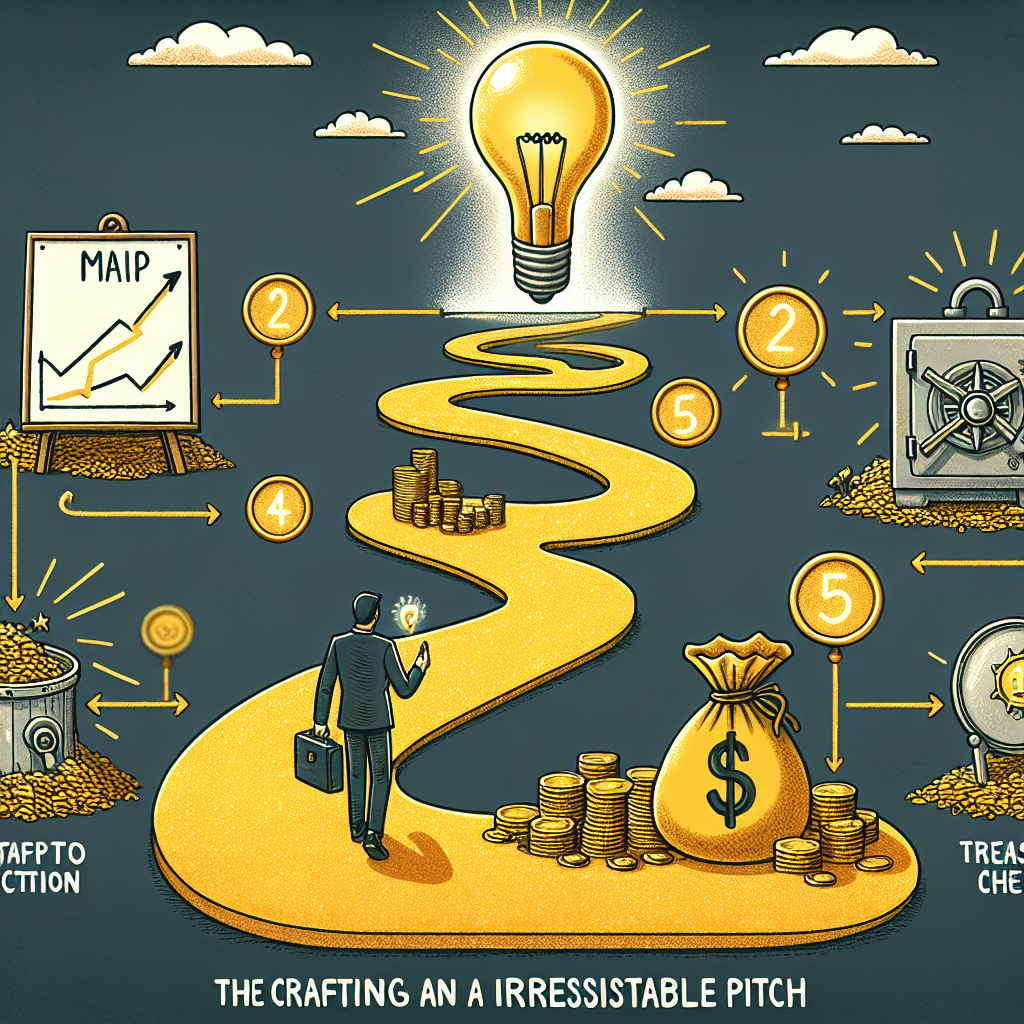How to Transform Your Idea into an Investment by Crafting an Irresistible Pitch

In the fast-paced world of entrepreneurship, having a groundbreaking idea is only the first step toward building a successful business. To transform that idea into a viable investment, you'll need an effective pitch that captures the attention and interest of potential investors. The art of pitching lies in presenting your idea as a compelling solution to a pressing problem, supported by a robust business model, an exceptional team, and a vision for the future. This blog post will guide you through the essential components of a good pitch, emphasizing the importance of storytelling to engage and inspire your audience.
1. Hook
The opening of your pitch is crucial for grabbing the audience's attention. Begin with a captivating hook that sparks curiosity and sets the stage for what's to come. Consider using an intriguing statistic, an anecdote, or a thought-provoking question related to your idea.
2. Market Shift (Answering "Why?")
Establish the context by highlighting a market shift or trend that creates a unique opportunity for your idea. Convey a sense of urgency, explaining why now is the right time to introduce your solution. Share relevant data, industry insights, or recent developments that demonstrate potential for growth and disruption.
3. Problem (Answering "Why?")
Clearly articulate the problem or pain point facing your target audience. Paint a vivid picture of the magnitude and implications of this issue, emotionally connecting with your listeners. Help investors understand why solving this problem is essential and how it affects a significant number of people.
4. Solution/Product (Answering "What?")
Introduce your solution or product as a game-changer that addresses the highlighted problem. Clearly explain how your idea uniquely and compellingly solves the problem. Emphasize the key features and benefits that differentiate your solution from existing alternatives.
5. Business Model (Answering "What?")
Outline your business model, showing how your solution creates value and generates revenue. Clearly explain your monetization strategy, pricing, and distribution channels. Demonstrate that you have thoroughly researched and considered the financial aspects of your idea.
6. Traction (Answering "How?")
Demonstrate traction and progress by sharing evidence of early success or validation. Highlight milestones, customer testimonials, partnerships, or any other significant achievements that indicate market interest and demand for your solution. This offers evidence that your idea is not merely theoretical but is already gaining traction.
7. Vision (Answering "What's Next?")
Articulate a compelling vision for the future of your idea and its potential impact. Convey your passion and enthusiasm as you describe how your solution can transform the lives of your target audience and reshape the industry. Investors want to see that you have a clear vision and are committed to realizing it.
8. Market (Answering "What's Next?")
Provide a comprehensive analysis of the market you're targeting. Showcase the market size, growth potential, and any untapped opportunities. Present your understanding of the target audience, their needs, and their behaviors. Investors need to know that there is a sizable market for your solution.
9. Competition (Answering "What's Next?")
Acknowledge the competitive landscape and demonstrate a deep understanding of your competitors. Clearly articulate your unique selling proposition (USP) and how it positions you favorably against existing players. Show that you have researched and analyzed the competition, and explain how you plan to differentiate yourself.
10. Team (Answering "Who?")
Introduce your team, emphasizing their expertise, skills, and relevant experience. Highlight key members who bring credibility and domain knowledge to your venture. Investors invest in people as much as they invest in ideas; demonstrate that you have the right team to execute your vision.
It All Starts with Story
Throughout your pitch, remember that storytelling is a powerful tool for engaging and inspiring your audience. Craft a narrative that emotionally connects with your listeners and conveys the journey from problem to solution. Weave in personal anecdotes, examples, and real-life scenarios to make your pitch compelling.